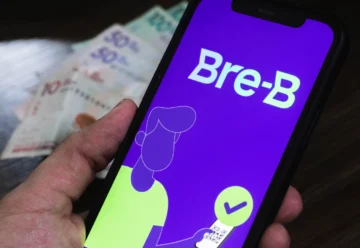Transactions on Ethereum May Become Reversible

Researchers have proposed an “opt-in” token standard for the Ethereum network, enabling freezing and reversion of transactions.
Stanford University researchers have developed a token standard for Ethereum that will make transactions reversible. The idea is at the concept level and was laid out in detail by Kaili Wang. Dan Boneh and Qinchen Wang also worked on the project.
The project aims to influence the theft of cryptocurrencies and NFTs, the scale of which has increased significantly in 2022. The standards proposed by the researchers are named ERC-20R and ERC-721R. They’re related to the ERC-20 and ERC-721 standards, but don’t replace them.
The proposed mechanism for “returning” stolen assets involves a decentralized court of judges and a time limit for launching and reviewing the return process.
When a dispute arises, a freeze request on the assets is formed. Both parties have the opportunity to provide evidence of the legality of their own actions based on which a decentralized decision is made. The entire process should last “a day or two at most.”
The researchers note that in the context of NFTs, the process is relatively simple, but freezing stolen cryptocurrency is much more difficult because it can be divided into multiple addresses, transferred to crypto mixer accounts, or exchanged for other digital assets. The ERC-20R and ERC-721R concepts include algorithms for such situations, but they need to be thoroughly refined.
The scientists note that at this stage, they haven’t presented a complete concept but only formulated the general idea. Their publication was intended to provoke a discussion in the crypto community and encourage independent developers to work together on the concept.
By early August 2022, according to analysts, hackers had managed to break into various cross-chain bridges 13 times to withdraw about $2 billion — that amounted to about 70% of all the money stolen by that time. Hackers stole 173,600 ETH during the Ronin sidechain hack.






